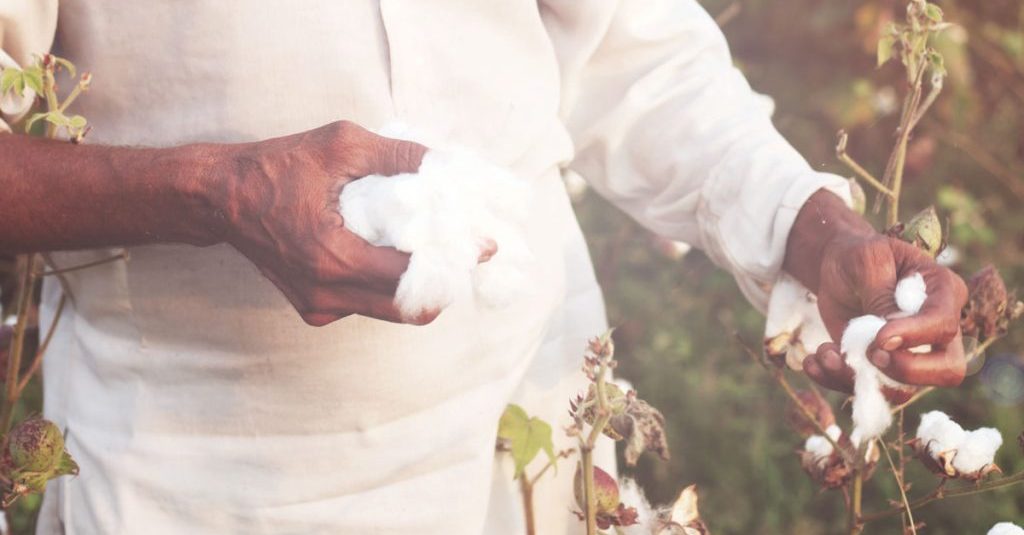For decades, Egyptian cotton has carried a reputation as the gold standard in luxury bedding, often referred to as Egypt’s “white gold.” Yet today, with store shelves crowded by lower-cost alternatives and products marketed under questionable labels, spotting the difference between original Egyptian cotton and fake Egyptian cotton becomes a challenge.
Not every label that reads “Egyptian cotton” lives up to its name. In some cases, manufacturers blend Egyptian cotton with other varieties while still marketing it as premium.
In 2016, Target, a United States retailer, ended its partnership with textile giant Welspun India after discovering that around 750,000 sheets and pillowcases sold under the Egyptian cotton label were not 100 percent made from the prized fiber.
That same year, the Cotton Egypt Association estimated that about 90 percent of Egyptian cotton sold worldwide was counterfeit, and overseas producers have been accused of blending low-grade lint into yarns and fabrics and marketing them as Egyptian, according to industry experts.
Real Egyptian cotton
Unlike standard cotton, which grows in 50 countries worldwide, including Turkey, Brazil, Pakistan, China, and India, yielding fibers of an average length of 20 to 30 millimeters, Egyptian cotton fibers, extracted from the Gossypium barbadense plant, typically measure between 38 and 50 millimeters.
Egyptian cotton yields fibers that are fine yet resilient. Once combed and spun, these strands are transformed into yarns that produce fabric of exceptionally smooth and soft cloth that drapes and feels refreshingly cool to the touch. Beyond its immediate comfort, the material also regulates body temperature, drawing away moisture on warm nights and retaining its warmth as gentle insulation when temperatures dip.
That durability also lends itself to longevity. Egyptian cotton sheets resist pilling and fraying, due to their long fibre, making them a costly investment at the outset but often more sustainable over time.
While high thread count, long regarded as a measure of luxury, may enhance density and smoothness, the true measure lies in the fiber itself and in the craftsmanship of spinning and weaving.
Lower-priced cotton marketed as “Egyptian cotton” may bypass the combing process that eliminates shorter, rougher fibers, or rely on machine harvesting that leaves behind broken strands and a coarser texture.
Hand-picked and combed Egyptian cotton, regardless of thread count, continues to be the high-end standard.
Cotton farm in the desert
In alignment with Egypt’s strategy to combat desertification, reclaim land, and boost the national economy, Egypt’s Ministry of Agriculture, Alaa Farouk, announced the first successful field trials of cotton grown in desert conditions in El Tor, South Sinai.
Farouk credited researchers at the Agriculture Research Centre, particularly the Cotton Research Institute, for translating years of studies into practice through modern irrigation methods and targeted fertilisation.
The first harvest was completed in 127 days, marking the viability of producing high-quality cotton under high-temperature conditions in arid regions.
Authentic Egyptian Cotton is typically cultivated in the Nile Delta. However, the arid environment has also proven successful to allow the Gossypium barbadense plant to grow slowly, producing extra-long, ultra-fine fibers—qualities that have kept Egypt’s white gold in demand for centuries.







Comments (0)